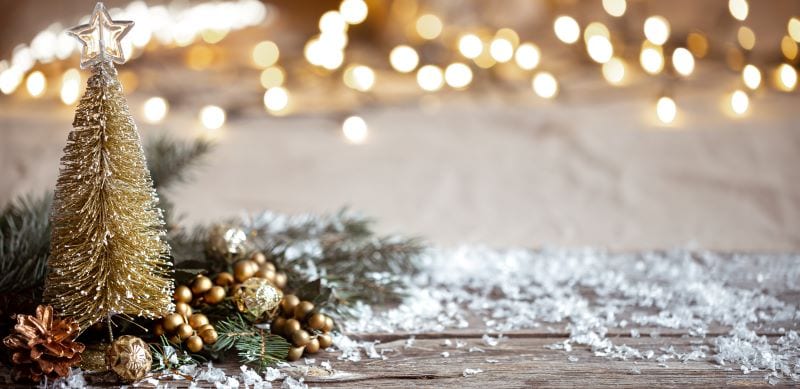10 Christmas Eve traditions from around the world
Christmas Eve is a special time of year where families come together to celebrate the birth of their Lord and Savior, Jesus Christ. Although the tradition of celebrating Christmas dates back to the early centuries of Christianity, different cultures have adapted their own ways of observing the occasion. In this article, we’ll be exploring 10 Christmas Eve traditions from around the world.
La Nochebuena – Spain
La Nochebuena, which means “the Good Night,” is a Christmas Eve celebration in Spain. It is believed that the holiday originated in the 15th century, where devout Catholics celebrated the night with prayer and fasting. In modern times, the holiday has transformed into a family gathering, wherein people feast on traditional Spanish dishes like roasted meats and seafood.
Kūčios – Lithuania
Kūčios, or “the Vigil,” is a Lithuanian Christmas Eve celebration. It is observed by fasting throughout the day, followed by a feast that consists of twelve dishes, symbolizing the twelve apostles. The meal is always meatless, and includes dumplings with poppy seeds, mushrooms, and sweet bread.
Jul i Blodslitet – Norway
The Norwegian tradition of Jul i Blodslitet, which translates to “Christmas in Bloodshed,” might sound gruesome, but in reality, it is a competition among cross-country skiers. Held every Christmas Eve, it involves a skiing marathon and other wintertime sports in the snow-covered mountains of Norway.
Santa Claus – Finland
Finland is known for being the official home of Santa Claus or Joulupukki in Finnish, “the Christmas Goat.” In the Finnish tradition, Santa Claus is accompanied by his helpers, or elves. Families gather together to prepare a meal highlighting traditional Finnish dishes such as pickled herring and marmalade-glazed ham.
Boże Narodzenie – Poland
Boże Narodzenie, or “The Nativity,” is observed in Poland as a solemn and holy period. On Christmas Eve, families gather for a traditional meal of 12 dishes and participate in a religious service. It is customary to leave an empty place at the table to commemorate those who have passed away.
Kristkindlmarkt – Germany
Germany is known for its traditional Christmas markets or Kristkindlmarkt. They are held in many German cities or towns and are filled with traditional German foods, handcrafted items and decorations. In the evening, the market’s centerpiece is the Nativity Scene, surrounded by the choir singing carols.
Waitangi Day – New Zealand
Waitangi Day is a colorful and lively Christmas Eve celebration in New Zealand, with a mixture of native Maori traditions and Western influences. People gather for barbecues, family picnics, and festivals.
La Bergerie – France
La Bergerie, which means “The Shepherd,” is a traditional French Christmas Eve celebration originating in Provence. It involves a nativity scene that is set up outdoors, with live actors playing the different characters of the Nativity story.
Batangas Belen – Philippines
The Batangas Belen is a colorful and artistic Christmas Eve tradition in the Philippines. A nativity scene is set up in each household or community, decorated with a variety of materials like papier mache, cloth, and plastic. The scene is typically accompanied by songs and dances sung in the native Filipino language.
Vigil Mass – Italy
In Italy, Christmas Eve is observed with a mass vigil, followed by a traditional meal of pasta, fish, and sweets. It is customary for families to exchange gifts and gather around a nativity scene, admiring the handcrafted figurines and lighting candles.
In conclusion, Christmas Eve is a celebration of faith and tradition that is observed in many different ways around the world. While customs may vary, the message of love and goodwill is universal. As we prepare to ring in the new year, let us remember the true meaning of Christmas – forgiveness, generosity, and love for all.
